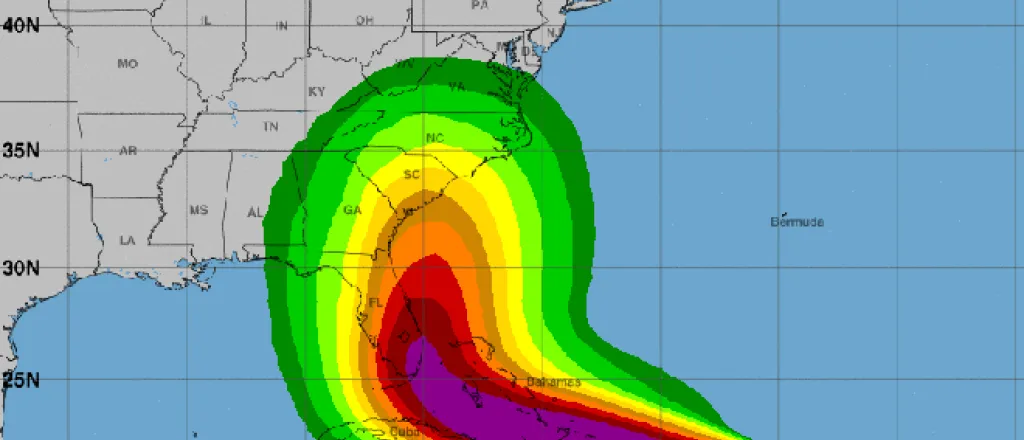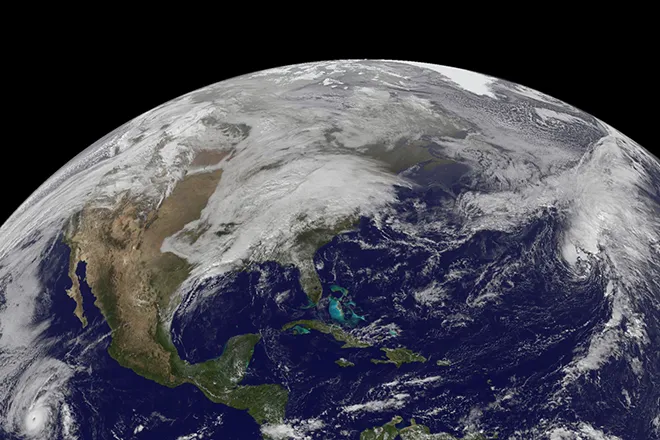
3 Eastern Hurricanes – Irma Tracks Toward Florida
Hurricane Irma is just one of three storms in the Atlantic region being tracked by the National Hurricane Center, and it remains the largest concern for U.S. mainland residents – particularly those in Florida, Georgia and South Carolina.
Irma has already inflicted damage on U.S. interests as the storm passed close to the U.S. Virgin Islands and Puerto Rico earlier this week. The territories suffered tremendous damage from strong winds and rain that produced flooding.
Wind speeds have been as high at 185 miles per hour, and dropped back to 180 mph over the past day. Irma will remain a category 4 or 5 storm on the Saffir-Simpson scale for several more days.
On the current projected track – which is still subject to substantial change – Irma is projected to remain a major hurricane through at least early Monday. The system is currently passing close to the northern coast of the Dominican Republic and Haiti on its way past Cuba over the weekend.
Evacuations are already underway for the Florida Keys and other areas along the Florida coast.
Thursday, Florida Governor Rick Scott continued to urge people under evacuation orders to leave now rather than waiting for the storm’s arrival early next week.
While the current track takes Irma along the east coast of the United States, Governor Scott warned that Florida’s west coast will also experience hurricane conditions. The state is staging water, meals and shelter support equipment in the central part of the state in order to respond quickly when needs arise. The state is also working to provide fuel, along with evacuation support for those who have no other means of leaving the area.
In addition to Irma, Hurricane Katia is located in the southern Gulf of Mexico, on a southwest track. It is expected to make landfall over Mexico early Saturday, and quickly drop to a post-tropical depression Sunday.
Hurricane Jose, currently over the central Atlantic, is expected to become a major hurricane Friday as it heads toward the U.S. Virgin Islands. It is expected to drop in strength as it approaches northeast Puerto Rico Sunday, and fall further to tropical storm strength Tuesday while remaining well to the east of the U.S. mainland.

















